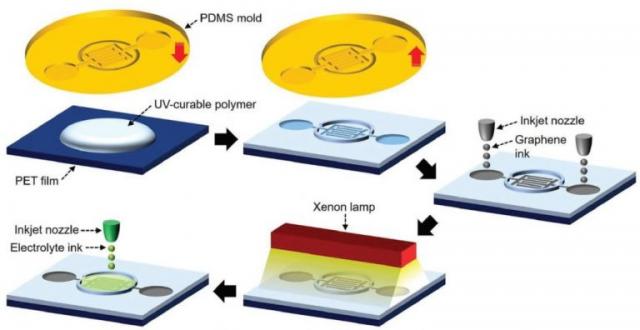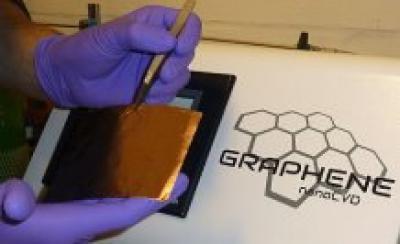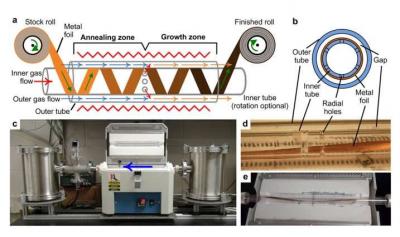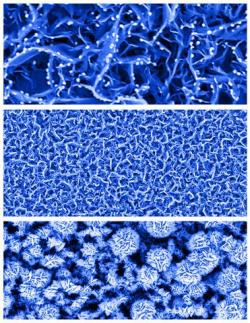Graphene inks enable low-cost printed cell-sensors
Fraunhofer scientists have developed biosensors with graphene electrodes, produced cheaply and simply by roll-to-roll printing. A system prototype for mass production has already been established. This may change the current situation in which cell-based biosensors can be quite expensive to make, which often prevents them from being used. Cost factors for sensors that perform measurements electrically are the expensive electrode material and complex production.
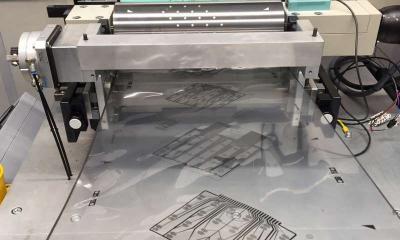
Cell-based biosensors measure changes in cell cultures via electrical signals. This is done using electrodes which are mounted inside the Petri dish or the wells of a 'well plate'. If added viruses destroy a continuous cell layer on the electrodes, for example, the electrical resistance measured between the electrodes is reduced. In this way, the effect of vaccines or drugs (for example) can be tested: the more effective the active ingredient is, the smaller the number of cells that are destroyed by the viruses and the lower the measured resistance change will be. Also toxicity tests, such as on cosmetic products, can function according to the same principle and may replace animal experiments in the future. Another advantage is that if biosensors are linked to an evaluation unit, measurements can be continuous and automated.
